THE DOCKED APS BURN STEPS. FLOWN on Apollo 13, LM-7 Contingency Checklist, pp. 20 and 21. A single sheet printed recto and verso. NASA/MSC January 6, 1970, updated February 9, 1970. 8 by 5 ½ inches. With a Typed Letter Signed by FRED HAISE. Both sides have been INSCRIBED and SIGNED: "Carried around the Moon! FRED HAISE, Apollo 13 LMP." The Apollo 13 crew lost the use of their primary rocket engine, the Service Module's (SM) Service Propulsion System (SPS), due to an oxygen tank explosion some 55 hours into the mission. This forced the crew to use their Lunar Module (LM) with its separate oxygen and power as a "life boat" to survive. They needed the LM's rocket engines to place them back onto a trajectory that would allow them to be in the precise place to safely enter the earth's atmosphere. The larger Descent Propulsion System (DPS), designed to land the LM on the Moon, had sufficient fuel to make the engine burns needed for the nearly 4 days to return to the earth. However, if the DPS failed or encountered problems, the only other large engine available was the Ascent Propulsion System (APS), originally designed to lift two lunar landing astronauts off the Moon. This sheet has the steps the crew needed to perform as a last hope procedure to return safely to the earth. Consensus within the Astronaut Corps and mission controllers is that if indeed the APS was needed for the return home, it would have been the most demanding flight scenario ever undertaken during an Apollo mission. FRED HAISE'S September 20, 2007 signed provenance letter reads in part: "Accompany this letter is a sheet numbered 20 and 21 from the Apollo 13 LM-7 Contingency Checklist carried and used on the flight of Apollo 13 during April 11 to 17, 1970. Our flight was scheduled to be the third lunar landing mission but had to be aborted after a Service Module oxygen tank explosion. During this emergency, electrical power conservation was paramount in order for us to survive the amount of time required to return to the Earth. Commander Jim Lovell would have used this sheet to perform any LM Ascent Propulsion System burns to get our crippled CSM and docked LM back to Earth if our LM descent engine failed. The top of side 20 is labeled "DOCKED APS BURN" and would be used primarily for an abort during insertion into lunar orbit if our descent engine did not provide sufficient velocity to escape from the lunar gravity environment. The center of this side has an illustration of our FDAI or Flight Director Attitude Indicator on the LM control panel. It also describes the flight method for "PITCH Error" then "ROLL Needle Left" with steps I should perform immediately after APS ignition. I made the additional notes in red ink of: "If rate & err needles moving in same direction in same quadrant." The side numbered 21 has a series of steps including battery, circuit breaker, and switch settings. Various systems were set to "ON" or "OFF" with some "OPEN" or "CLOSED." The steps after "400+5" were to load and verify the actual burn values including time and attitude. After the flight I wrote and signed side 20 and 21 in blue ink with: "Carried around the Moon! Fred Haise, Apollo 13 LMP." This sheet has been in my personal collection since 1970. It is a significant artifact from the Apollo 13 mission."
THE DOCKED APS BURN STEPS. FLOWN on Apollo 13, LM-7 Contingency Checklist, pp. 20 and 21. A single sheet printed recto and verso. NASA/MSC January 6, 1970, updated February 9, 1970. 8 by 5 ½ inches. With a Typed Letter Signed by FRED HAISE. Both sides have been INSCRIBED and SIGNED: "Carried around the Moon! FRED HAISE, Apollo 13 LMP." The Apollo 13 crew lost the use of their primary rocket engine, the Service Module's (SM) Service Propulsion System (SPS), due to an oxygen tank explosion some 55 hours into the mission. This forced the crew to use their Lunar Module (LM) with its separate oxygen and power as a "life boat" to survive. They needed the LM's rocket engines to place them back onto a trajectory that would allow them to be in the precise place to safely enter the earth's atmosphere. The larger Descent Propulsion System (DPS), designed to land the LM on the Moon, had sufficient fuel to make the engine burns needed for the nearly 4 days to return to the earth. However, if the DPS failed or encountered problems, the only other large engine available was the Ascent Propulsion System (APS), originally designed to lift two lunar landing astronauts off the Moon. This sheet has the steps the crew needed to perform as a last hope procedure to return safely to the earth. Consensus within the Astronaut Corps and mission controllers is that if indeed the APS was needed for the return home, it would have been the most demanding flight scenario ever undertaken during an Apollo mission. FRED HAISE'S September 20, 2007 signed provenance letter reads in part: "Accompany this letter is a sheet numbered 20 and 21 from the Apollo 13 LM-7 Contingency Checklist carried and used on the flight of Apollo 13 during April 11 to 17, 1970. Our flight was scheduled to be the third lunar landing mission but had to be aborted after a Service Module oxygen tank explosion. During this emergency, electrical power conservation was paramount in order for us to survive the amount of time required to return to the Earth. Commander Jim Lovell would have used this sheet to perform any LM Ascent Propulsion System burns to get our crippled CSM and docked LM back to Earth if our LM descent engine failed. The top of side 20 is labeled "DOCKED APS BURN" and would be used primarily for an abort during insertion into lunar orbit if our descent engine did not provide sufficient velocity to escape from the lunar gravity environment. The center of this side has an illustration of our FDAI or Flight Director Attitude Indicator on the LM control panel. It also describes the flight method for "PITCH Error" then "ROLL Needle Left" with steps I should perform immediately after APS ignition. I made the additional notes in red ink of: "If rate & err needles moving in same direction in same quadrant." The side numbered 21 has a series of steps including battery, circuit breaker, and switch settings. Various systems were set to "ON" or "OFF" with some "OPEN" or "CLOSED." The steps after "400+5" were to load and verify the actual burn values including time and attitude. After the flight I wrote and signed side 20 and 21 in blue ink with: "Carried around the Moon! Fred Haise, Apollo 13 LMP." This sheet has been in my personal collection since 1970. It is a significant artifact from the Apollo 13 mission."
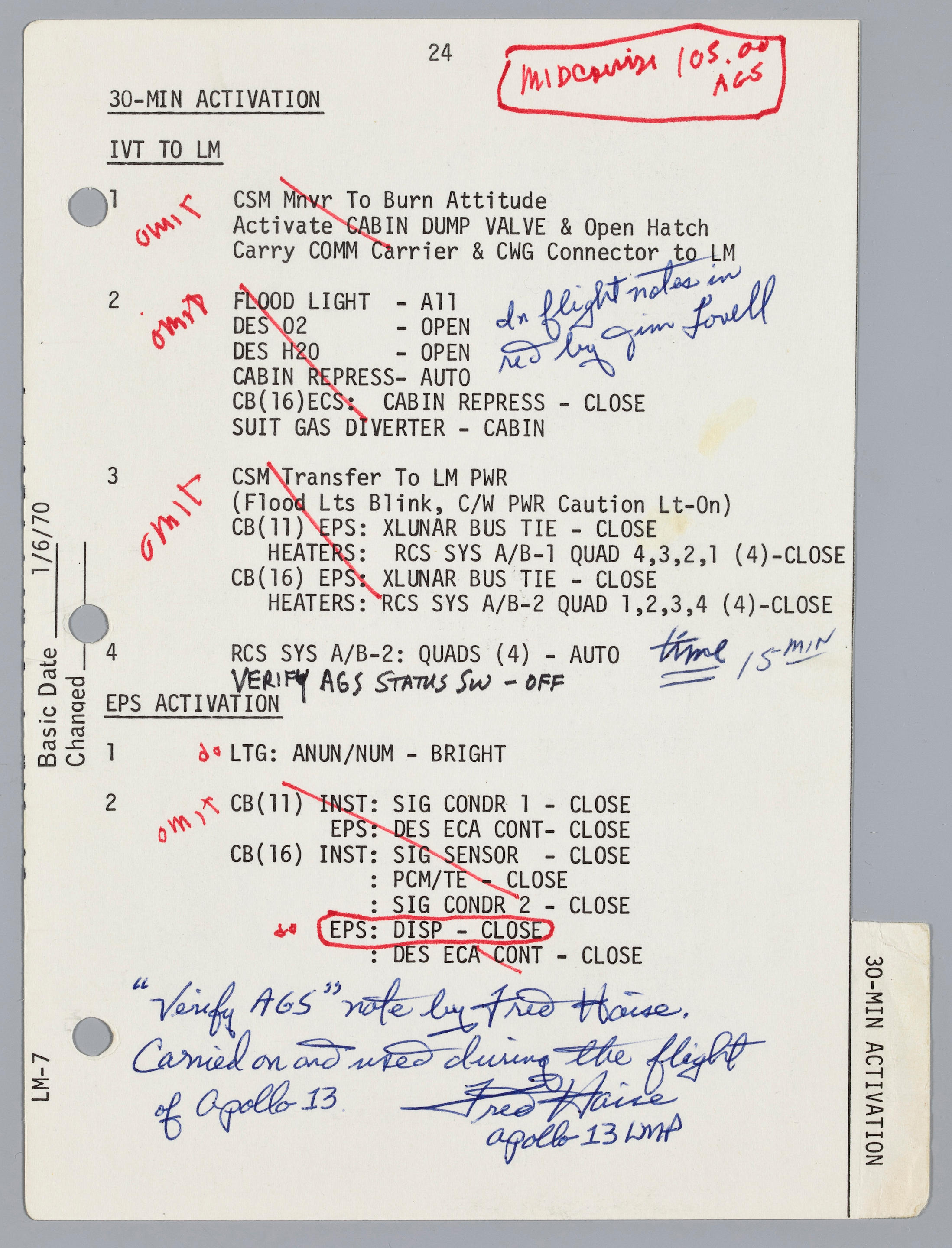
.jpg)
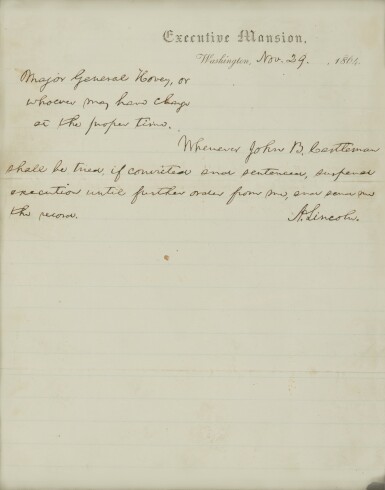

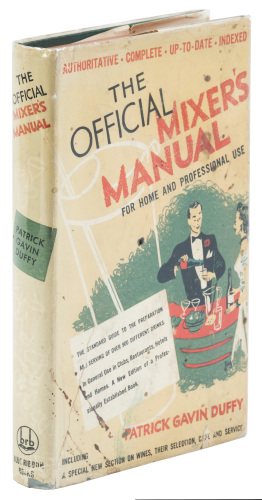


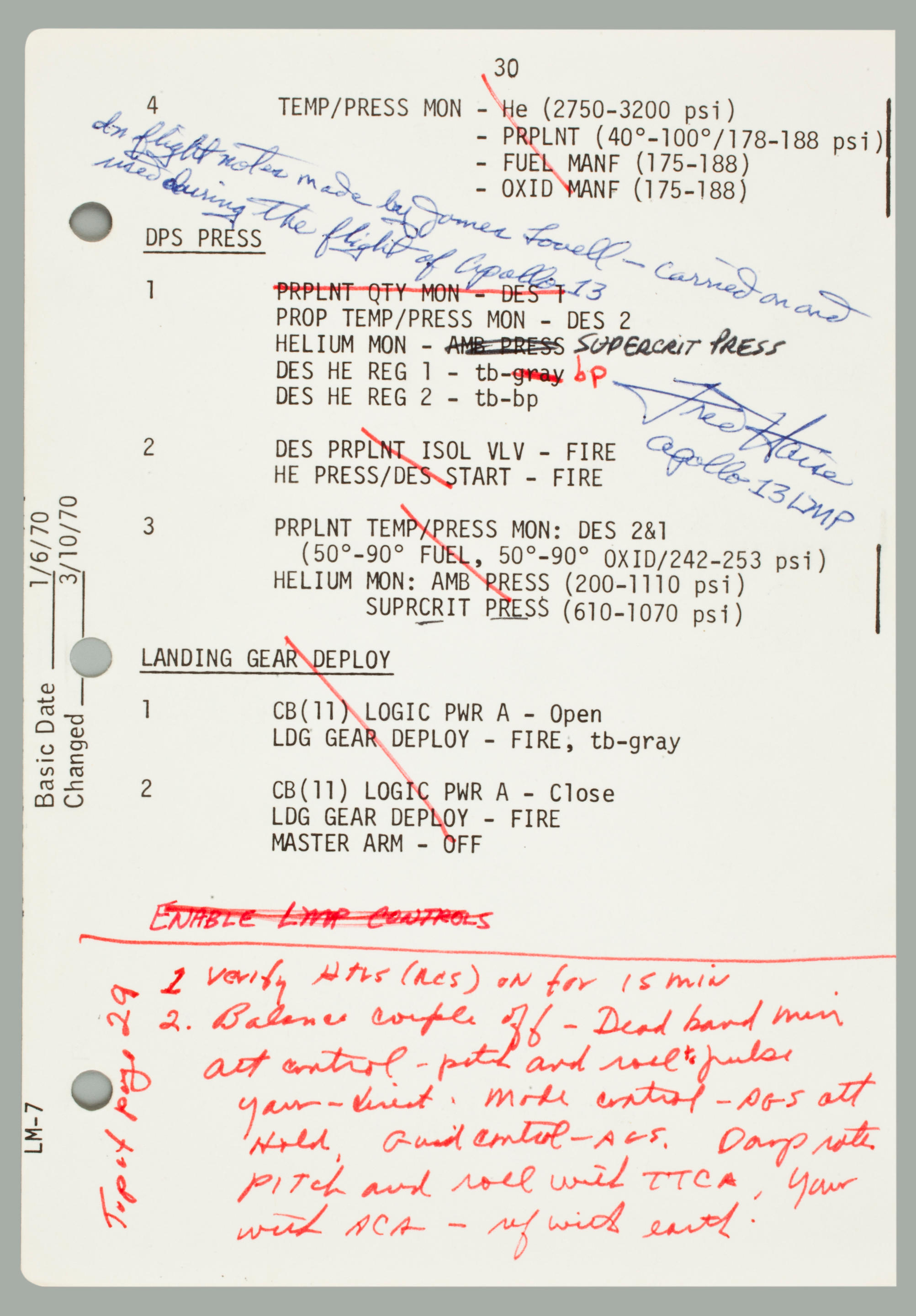
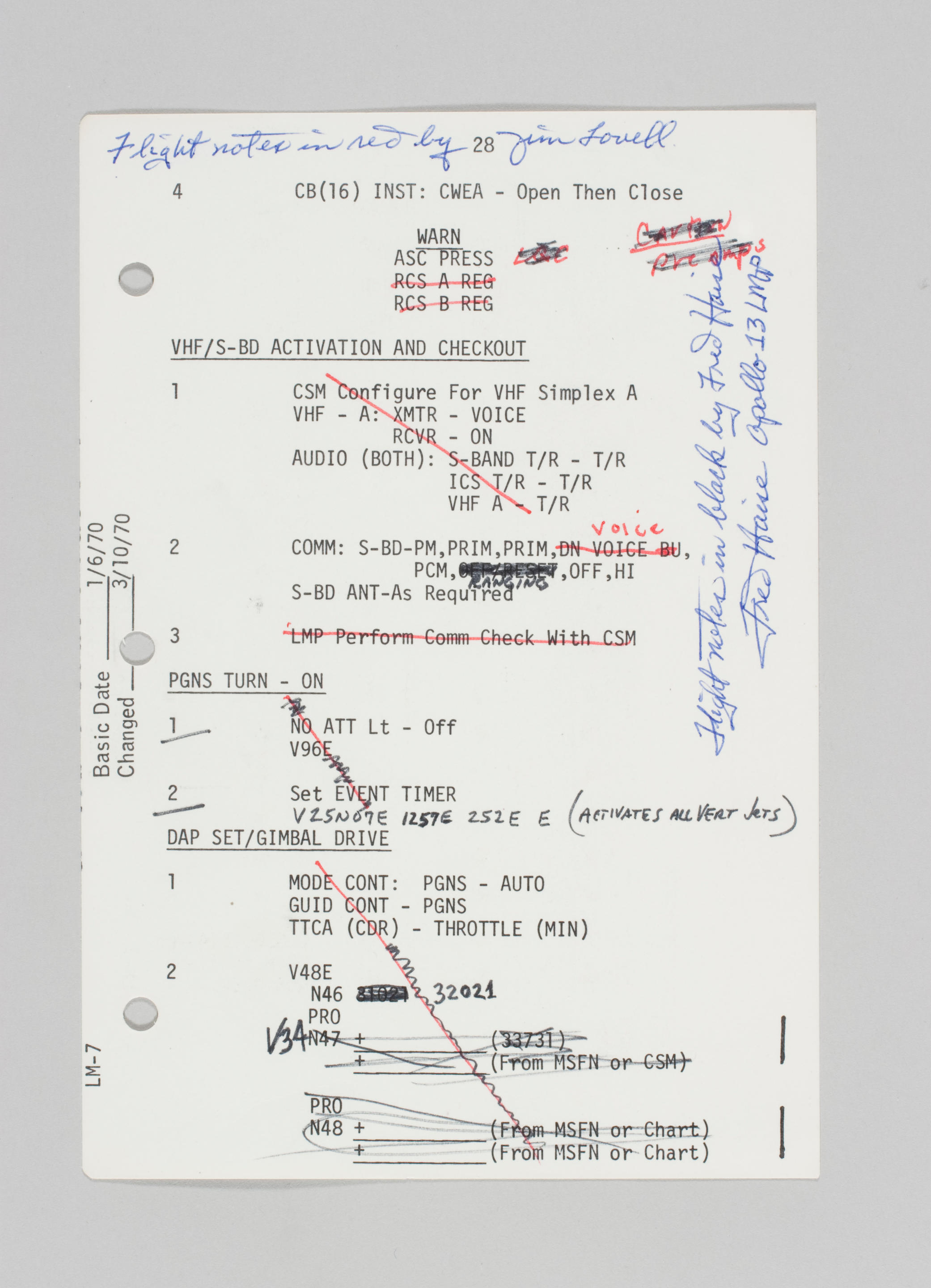

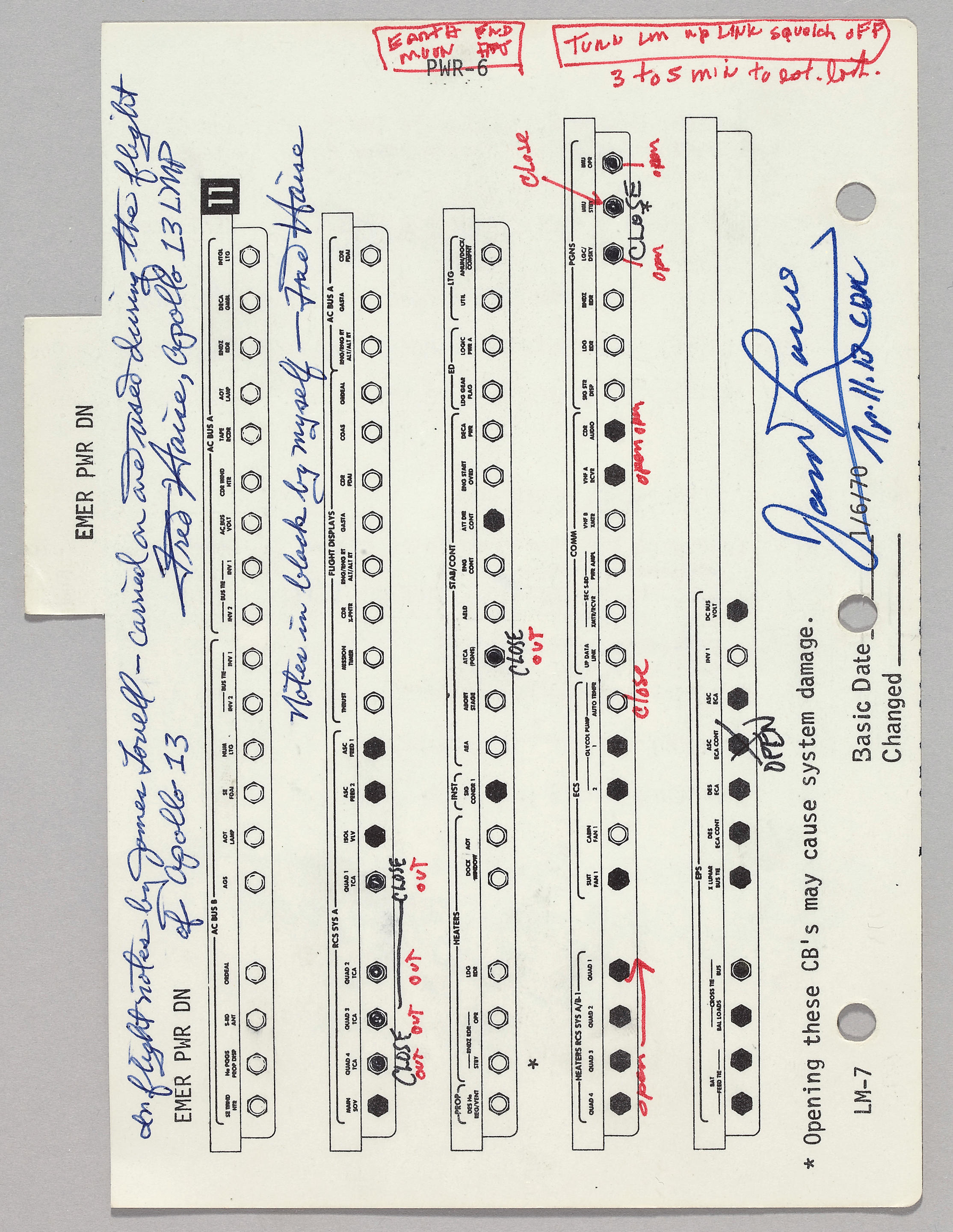




Try LotSearch and its premium features for 7 days - without any costs!
Be notified automatically about new items in upcoming auctions.
Create an alert